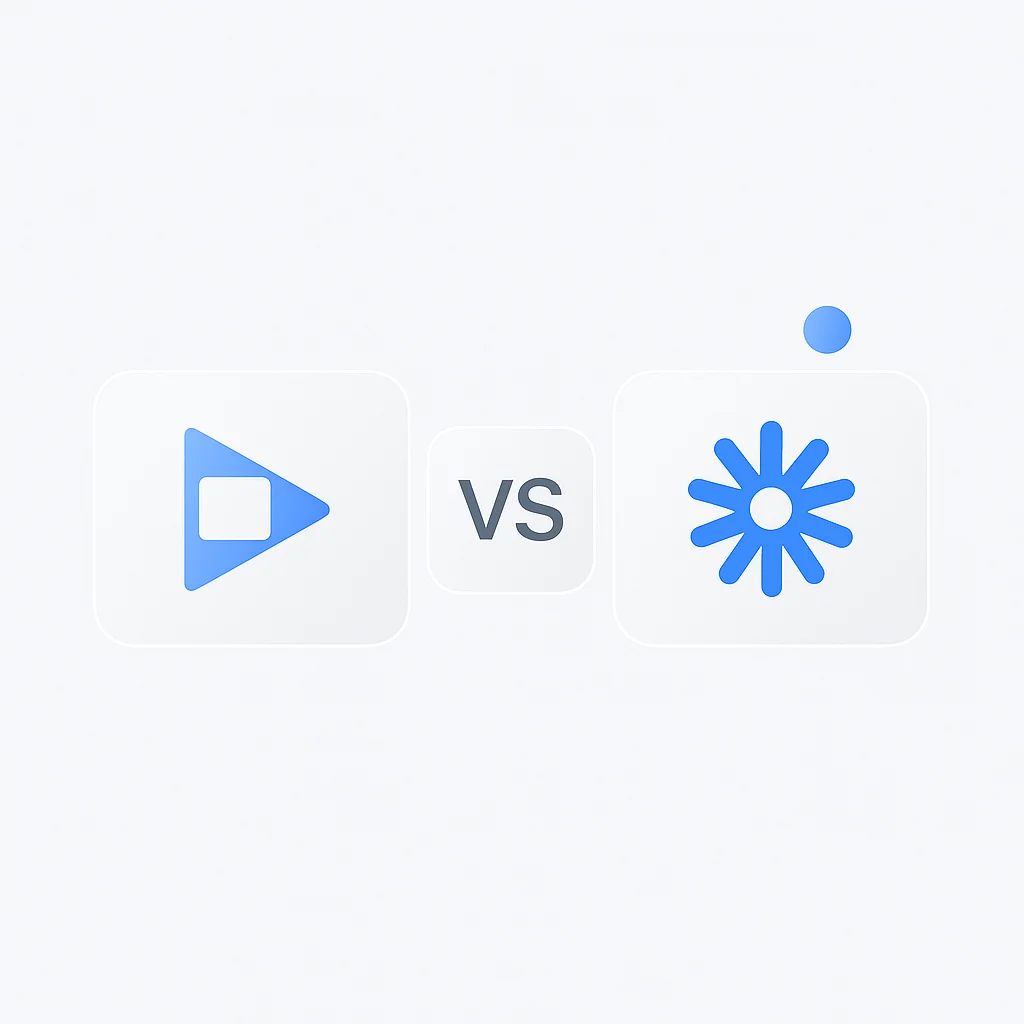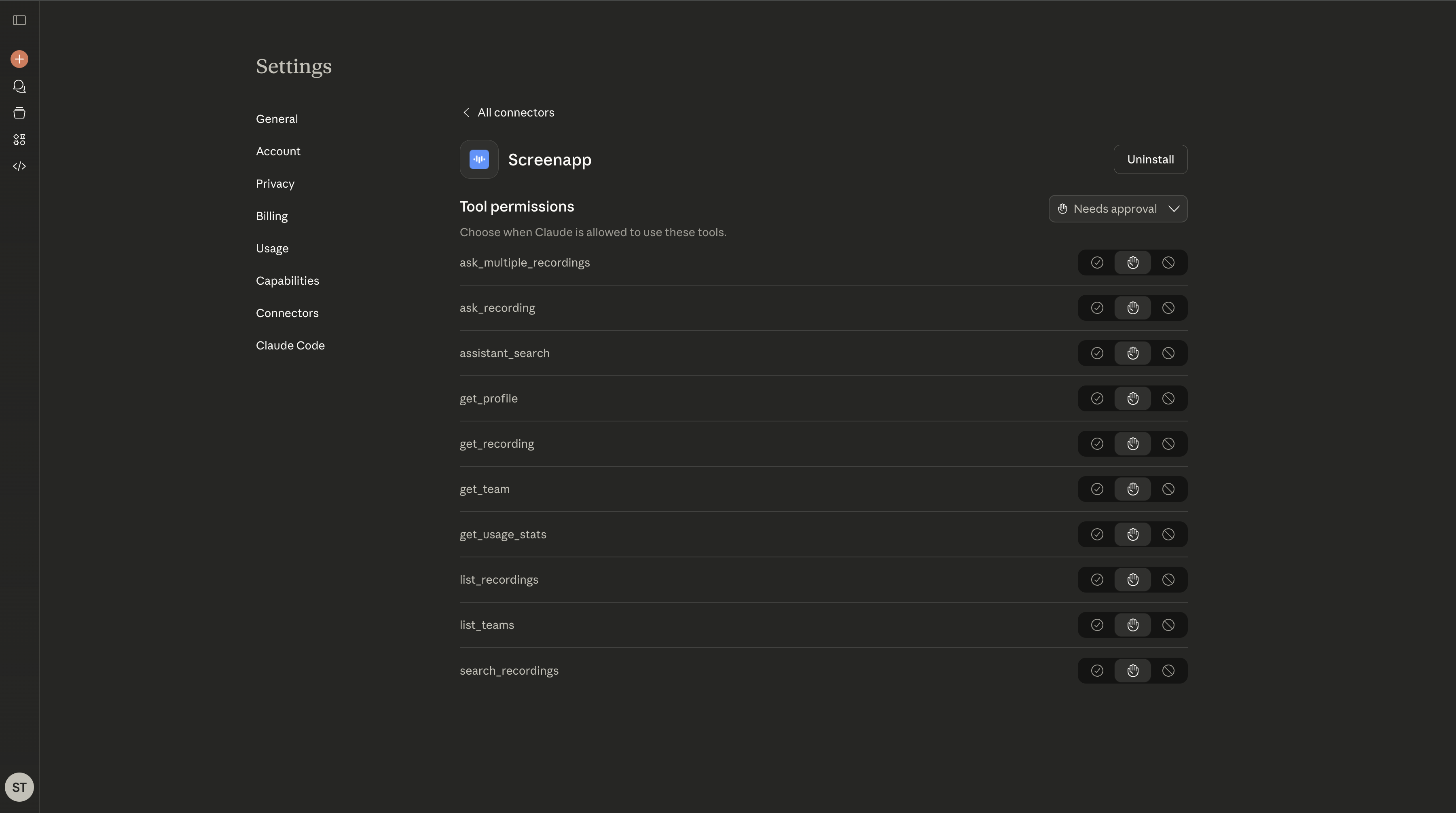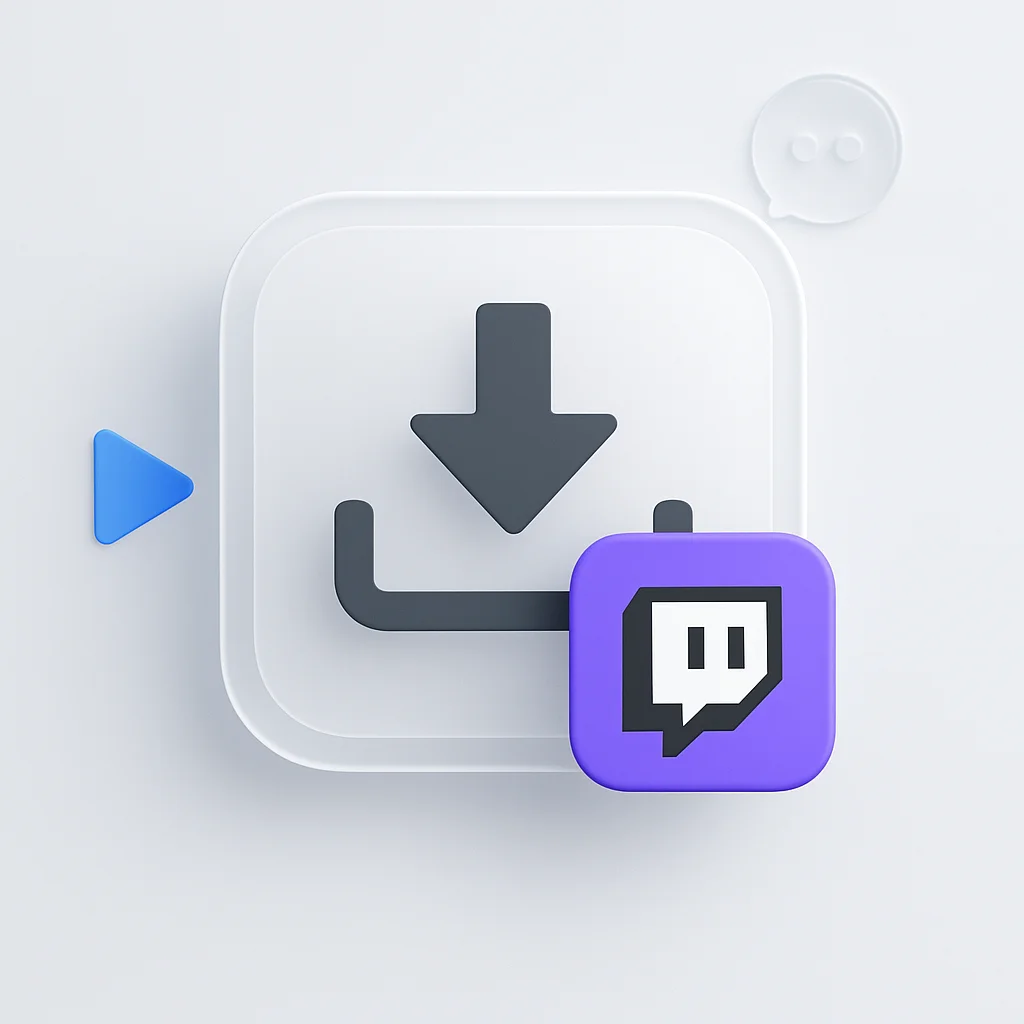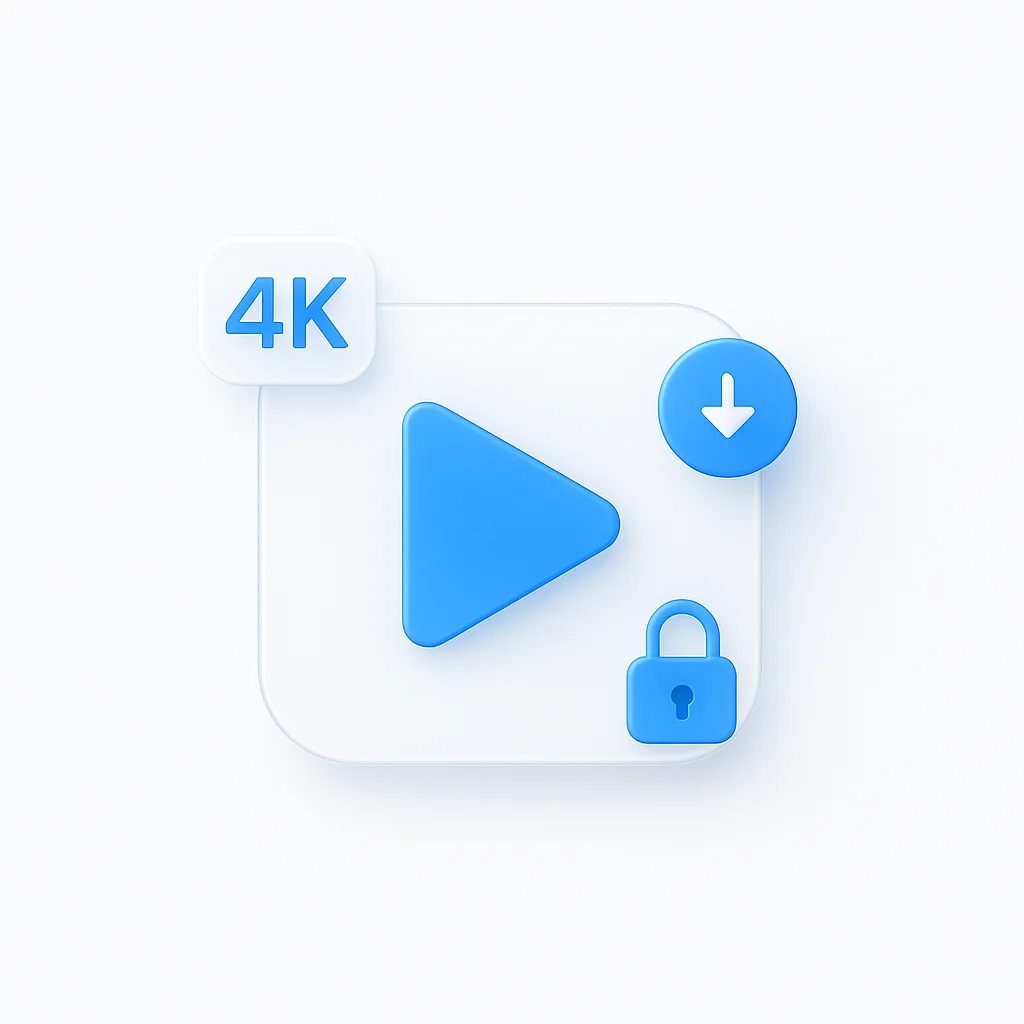In the age of digitalization, the ability to record, share, and collaborate via screen recordings has become increasingly important. Whether you’re an educator creating instructional content, a team leader explaining a complex task, or a marketer demonstrating a product, screen recording tools are indispensable. Two popular tools have emerged as leaders in this domain: Screencastify and Loom. Both offer robust screen recording capabilities, but they cater to different needs and preferences. This article provides a detailed comparison of Screencastify and Loom, delving into their ease of use, features, and more, to help you choose the right tool for your needs.
Loom
Loom, launched in 2016, is a versatile video messaging tool that enables users to send messages and explain complex ideas more efficiently through instantly shareable videos. Loom offers a desktop application as well as a Chrome extension, and it allows for full-screen, window, and webcam recording. Its key strengths lie in its ease of use, its ability to com
Screencastify
Founded in 2013, Screencastify is a Chrome extension that offers screen recording capabilities directly from your browser. It’s an easy-to-use tool that allows you to capture, edit, and share videos quickly. With Screencastify, you can record your full screen, a single browser tab, or just your webcam. Over the years, Screencastify has become a popular choice among educators and businesses alike, allowing them to create videos for assignments, tutorials, feedback, and demonstrations.
bine face and screen recording, and its powerful video management features. With its ability to drastically reduce back-and-forth emailing and instant shareability, Loom has found favor among teams looking to improve communication and collaboration.
Both of these tools have carved out spaces for themselves in the world of digital communication and education. The choice between the two often depends on the specific needs and resources of the user.
Loom vs Screencastify
Ease of Use
Ease of use is often a critical factor when choosing a screen recording tool, as it directly impacts the user experience.
Screencastify is a Chrome extension, and its interface is clean and minimalistic. It lives right in your browser toolbar, making it easily accessible. The onboarding process is smooth, with helpful prompts guiding you through the setup and recording process.
Loom, on the other hand, offers both a desktop app and a browser extension, providing more flexibility. Its intuitive dashboard layout and simple controls make it easy to record, pause, or stop a video. New users are greeted with a brief tutorial that helps them navigate the tool.
Both tools have a straightforward approach to start, pause, stop, and save recordings. However, Loom’s desktop application provides a broader scope of recording options, including the ability to record outside the browser.
Screen Recording Features
The core functionality of these tools is, of course, screen recording. Let’s compare how they perform in this area.
-
Type of recording: Both Screencastify and Loom support full-screen recording, browser tab recording, and webcam recording. This allows you to capture everything on your screen, focus on a single tab, or record face-to-face content.
-
Annotation tools and on-screen drawing: Screencastify offers a range of annotation tools, such as the pen, highlighter, and mouse spotlight, allowing you to draw directly on your screen during a recording. Loom also provides these tools, but they are only available in the desktop application.
-
Post-production editing: When it comes to editing, Loom outshines Screencastify. While Screencastify offers basic trimming, Loom provides a more comprehensive suite of editing tools, including trimming, text overlay, and call-to-action options.
Video Management and Sharing
Video management, storage, and sharing functionalities are key aspects to consider when comparing Screencastify and Loom.
Screencastify enables users to store videos on Google Drive or download them to their local storage. Organization is made simple with an automatic folder in Google Drive where all recordings are saved. Sharing options include generating a shareable link, posting directly to YouTube, or exporting as an MP4 or GIF. Screencastify also allows users to restrict access to shared videos by setting a password or choosing who can view the content.
Loom stands out with its robust video management system. Videos are automatically saved to the cloud in the user’s Loom library, where they can be organized into folders. Loom’s sharing capabilities include generating a link, embedding the video, downloading it, or sharing it directly to social media platforms. Just like Screencastify, Loom also provides options to control access to shared videos, but with an additional feature that allows users to track who’s watched their videos.
Advanced Features
The advanced features of Screencastify and Loom can be the deciding factor for users with specific requirements.
Screencastify’s main unique feature is its focus mode, which highlights the user’s mouse cursor and darkens the rest of the screen for better visibility. However, it lacks features such as video trimming or a call-to-action button in its free version.
Loom, on the other hand, offers a variety of advanced features, even in its free plan. Users can add a call-to-action at the end of videos, which is highly beneficial for marketers. It also allows users to create custom thumbnails for their videos, enhancing the video’s appearance when shared. Additionally, Loom’s desktop application offers a drawing tool, which can be used to annotate videos during recording.
In the next section, we will explore how Screencastify and Loom integrate with other productivity and project management tools.
Integration with Other Tools
Seamless integration with existing workflows can significantly boost the appeal of a screen recording tool. Both Screencastify and Loom offer a range of integrations.
Screencastify integrates seamlessly with Google Workspace, allowing users to save and share videos directly to Google Drive, and even post directly to YouTube. Furthermore, Screencastify also offers an integration with Google Classroom, a valuable feature for educators.
Loom takes integration a step further. Apart from Google Workspace, it integrates with Slack, allowing users to share videos directly on the platform. Additionally, Loom offers integration with project management tools like Asana, Trello, Productive, and GitHub, making it a great tool for team collaboration and productivity.
Pricing
Screencastify has a free version that allows for 5-minute recordings with limited features. For unlimited recording length and access to features like cropping and trimming, you can upgrade to Screencastify Unlimited for $49 per year.
Loom, on the other hand, offers a more generous free plan with up to 100 videos and screenshots. To access unlimited videos, priority support, and additional features like drawing tools and calls-to-action, you can upgrade to Loom Pro for $10 per month or $96 annually.
When considering cost-effectiveness, it’s crucial to evaluate your needs. If your primary requirement is simple screen recording and you’re comfortable with shorter videos, Screencastify’s free version may suffice. However, if you need advanced features, the ability to make longer recordings, and deeper integrations, Loom Pro may be worth the investment.
Data Security
In today’s digital era, data security is a significant concern. Let’s look at how Screencastify and Loom manage data encryption and their security protocols.
Screencastify handles user data with care. It uses the Google Sign-in system, which means it does not store passwords. Also, all data transfer is over an encrypted HTTPS connection. Screencastify’s privacy policy asserts that they do not sell user data, a reassuring factor for privacy-conscious users.
Loom also prioritizes user data security. It uses encryption at rest and in transit to protect user information. Additionally, Loom is GDPR compliant and maintains a transparent privacy policy. They state clearly that they do not sell personal data and only use user data to improve services and user experience.
Customer Support
Having reliable customer support can make a difference in your experience with a screen recording tool.
Screencastify offers an online knowledge base with helpful articles, video tutorials, and FAQs. However, direct customer support through email is only available for premium users.
Loom provides a comprehensive help center, complete with tutorials and FAQs. They also offer email support to all users, regardless of the plan they’re on. Based on user reviews, Loom’s customer support is highly rated for its responsiveness and helpfulness.
In the next section, we will delve into the data security protocols of both Screencastify and Loom.
| Features/Tools | Screencastify | Loom |
|---|---|---|
| Platform | Browser Extension (Chrome) | Browser Extension (Chrome) & Desktop App |
| Ease of Use | User-friendly interface | Intuitive dashboard layout |
| Recording Options | Full screen, Browser tab, Webcam | Full screen, Window, Webcam |
| Annotation Tools | Available (pen, highlighter, mouse spotlight) | Available in Desktop App |
| Post-Production Editing | Basic trimming | Comprehensive editing tools |
| Video Management | Auto-save to Google Drive, Download to local storage | Auto-save to Loom library (cloud storage), Downloadable |
| Video Sharing | Shareable link, Direct to YouTube, Export as MP4/GIF | Shareable link, Embed video, Direct share to social media |
| Access Control | Password restriction, Control viewer access | Password restriction, Control viewer access, Viewer tracking |
| Integrations | Google Workspace, Google Classroom | Google Workspace, Slack, Asana, Trello, GitHub |
| Pricing | Free version available, Premium for $49/year | Free version available, Pro for $10/month or $96/year |
| Customer Support | Online knowledge base, Email support for premium users | Comprehensive help center, Email support for all users |
| Data Security | Google Sign-in, Encrypted data transfer, No sale of user data | Encryption at rest and in transit, GDPR compliant, No sale of personal data |
Conclusion
To summarize, both Screencastify and Loom are robust screen recording tools, each with its unique strengths.
Screencastify, with its integration into the Google ecosystem, simplicity, and cost-effective premium plan, is a great fit for educators and individuals who need straightforward screen recording capabilities.
Loom, on the other hand, offers a more comprehensive set of features, including advanced video editing and management, broader integration options, and an accommodating free plan. It is well-suited for team collaboration and professional use where more advanced features are needed.
However, the choice between Screencastify and Loom ultimately depends on your specific needs. It’s advisable to try out the free versions of both tools, explore their functionalities, and then decide which tool aligns best with your requirements.






